
Jingle Dancer
Illustrator:
Ying-Hwa Hu, Cornelius Van Wright Age Level:
6-9 Genre:
Fiction 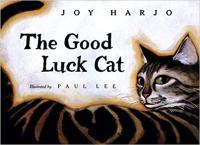
The Good Luck Cat
Illustrator:
Paul Lee Age Level:
3-6 Genre:
Fiction 
We Feel Good Out Here
Illustrator:
Tessa Macintosh Age Level:
9-12 Genre:
Nonfiction 
Shi-shi-etko
Illustrator:
Kim LaFave Age Level:
6-9 Genre:
Fiction 
Shin-chi’s Canoe
Illustrator:
Kim LaFave Age Level:
6-9 Genre:
Fiction 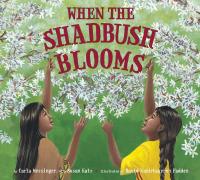
When the Shadbush Blooms
Illustrator:
David Kanietakeron Fadden Age Level:
6-9 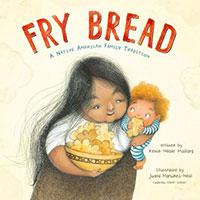
Fry Bread: A Native American Family Story
Illustrator:
Juana Martinez-Neal Age Level:
3-6 Genre:
Nonfiction 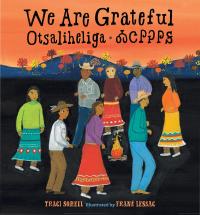
We Are Grateful: Otsaliheliga
Illustrator:
Frané Lessac Age Level:
3-6 Genre:
Nonfiction 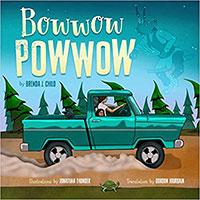
Bowwow Powwow
Illustrator:
Jonathan Thunder Age Level:
3-6 Genre:
Fiction 
We Are Still Here: Native American Truths Everyone Should Know
Illustrator:
Frané Lessac Age Level:
6-9 Genre:
Nonfiction 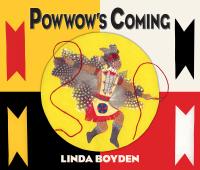
Powwow’s Coming
Age Level:
9-12 Genre:
Nonfiction 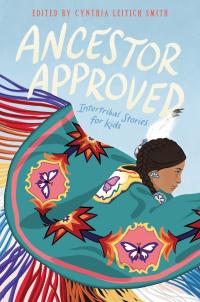
Ancestor Approved: Intertribal Stories for Kids
Age Level:
9-12 Genre:
Short Stories, Fiction 
Indian Shoes
Illustrator:
MaryBeth Timothy Age Level:
6-9 Genre:
Fiction 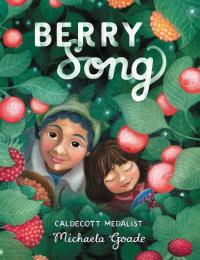
Berry Song
Age Level:
3-6 Genre:
Fiction Published:
2022
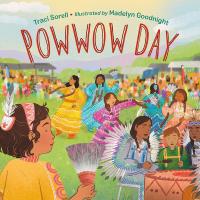
Powwow Day
Illustrator:
Madelyn Goodnight Age Level:
6-9 Genre:
Fiction 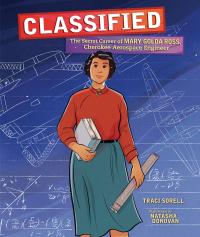
Classified: The Secret Career of Mary Golda Ross, Cherokee Aerospace Engineer
Illustrator:
Natasha Donovan Age Level:
9-12 Genre:
Biography 
My Powerful Hair
Illustrator:
Steph Littlebird Age Level:
6-9 Genre:
Fiction Published:
2013

Indian No More
Age Level:
9-12 Genre:
Historical Fiction 
Sharice’s Big Voice
Illustrator:
Joshua Mangeshig Pawis-Steckley Age Level:
6-9 Genre:
Biography 
Finding My Dance
Illustrator:
Kalila J. Fuller Age Level:
6-9 Genre:
Biography 
The Star That Always Stays
Age Level:
9-12 Genre:
Fiction 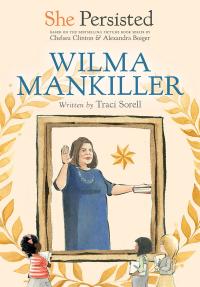
She Persisted: Wilma Mankiller
Illustrator:
Gillian Flint Age Level:
6-9 Genre:
Biography 
Métis Like Me
Illustrator:
Risa Hugo Age Level:
3-6 Published:
2024

Josie Dances
Illustrator:
Angela Erdrich Age Level:
6-9 Genre:
Fiction 
I Sang You Down from the Stars
Illustrator:
Michaela Goade Age Level:
0-3 Genre:
Fiction Published:
2021

Rock Your Mocs
Illustrator:
Madelyn Goodnight Age Level:
6-9 Genre:
Nonfiction Published:
2023

She Persisted: Deb Haaland
Illustrator:
Alexandra Boiger, Gillian Flint Age Level:
6-9 Genre:
Biography Published:
2023

She Persisted: Maria Tallchief
Illustrator:
Alexandra Boiger, Gillian Flint Age Level:
6-9 Genre:
Biography Published:
2021
